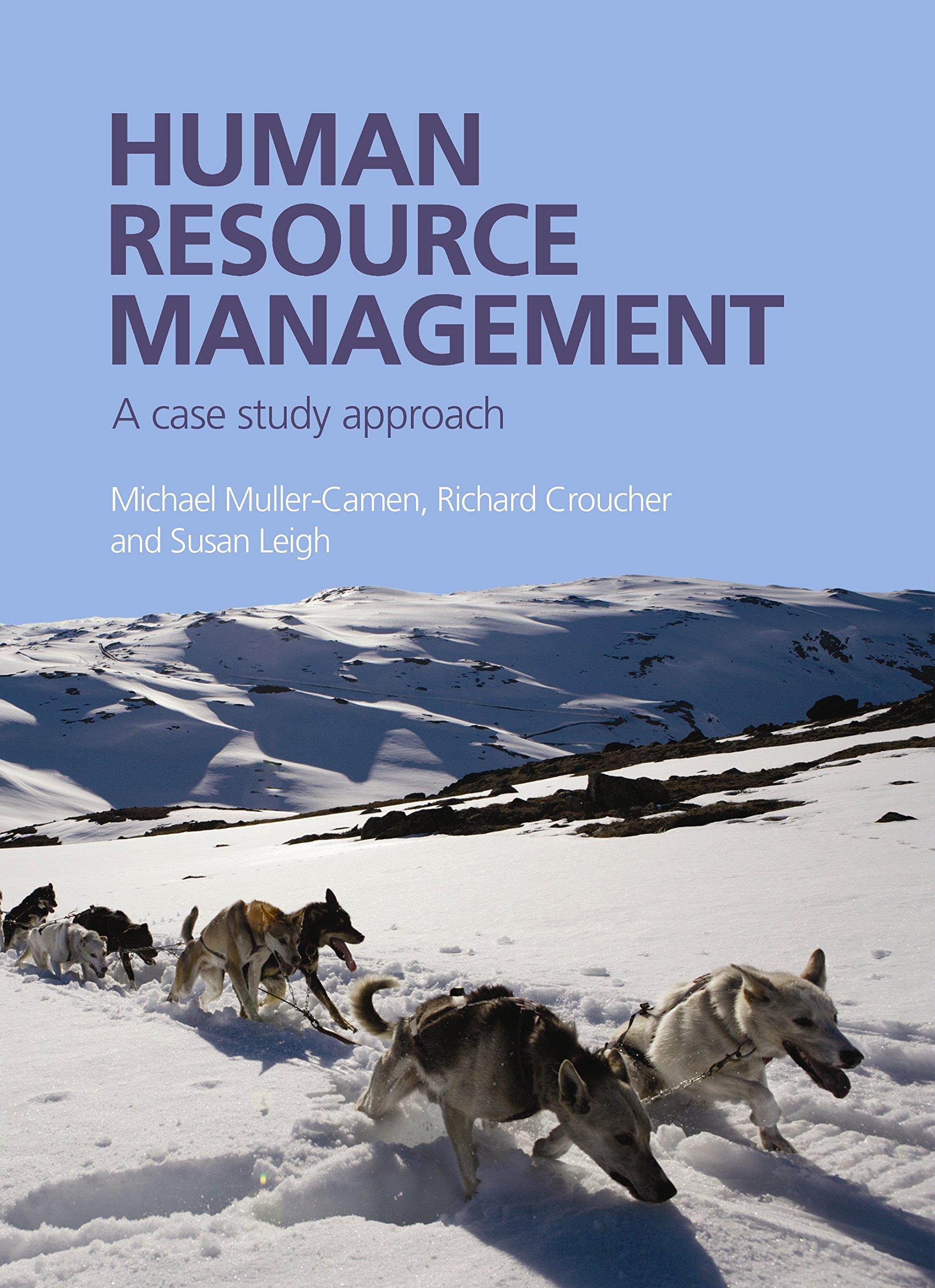Buildsoc is one of the UKs main building societies which has successfully fought a battle to retain
Question:
Buildsoc is one of the UK’s main building societies which has successfully fought a battle to retain its mutuality status instead of becoming a PLC. It was founded at the end of the last century and is the product of more than 70 mergers of local building societies. Assets in 1998 were of the order of £30bn. At the time of this study, it had around 9,000 staff in total, divided between headquarters in the north of England and nearly 500 branches spread around the country. Most of these were women employed in the range of clerical occupations discussed in more detail below.
A sizeable minority, especially in the branches, were part time.
The occupational structure of Buildsoc was fairly traditional and common to much of the financial services sector. In the branches, there was an accepted distinction between the ‘front’ and ‘back’ office.
In the front office, cashiers had been the main grade, whereas in recent years an increasingly important role was played by receptionists. It was in the back office, however, where there had been most change. In effect, much of the relatively routine data preparation had been transferred to headquarters which had expanded considerably to become, in effect, a large ‘office factory’, with jobs largely broken down on functional lines and mortgage requests going through a number of stages.
The Pay System The pay system was also fairly traditional.
Employees received an annual salary which was paid monthly. Increases took place in two ways. First, each of the grades had a number of increments. Employees progressed through the increments dependent on years of service, subject only to a bar for poor performance, until they reached the top or were promoted to the next grade.
Second, and underpinning these arrangements, were annual ‘negotiations’ between the management and the staff association which increased the overall structure. The word ‘negotiations’ is in quotation marks for good reasons. The staff association, although independent and self-supporting, was by no means militant. For example, Buildsoc had never suffered any form of industrial action. Typically, the management pitched an across-the-board increase at or near the increase in the retail price index and/or the ‘going rate’ in the rest of the sector. ‘Negotiations’ would then take place with the staff association, which fractionally increased the offer or added other benefits to the package. A London allowance was paid to employees in branches in the capital and its immediate environs.
In the early 1990s, Buildsoc moved towards an individual PRP system. The initiative came mainly from the then general manager who was toying with the idea of turning Buildsoc into a PLC. He felt that individual PRP would give a strong impression of a performance culture and help to make Buildsoc look attractive to potential investors. He was supported by most of the other senior managers who, although opposed to PLC status, nonetheless felt that it would be good for both external image and internal performance. The move was initially opposed by the personnel director, who felt that individual PRP was largely a trendy gimmick which would create more problems than it was worth. He was a seasoned campaigner, however, and quickly recognised that the pressure was too great to resist and that this was a battle he was not going to win...........
Questions
In analysing this case study you are asked to address the following questions:
1. How would you describe the management style of Buildsoc? How would you describe the role and the function of HR within Buildsoc? How have these influenced Buildsoc’s decisions about an appropriate payment system?
2. Evaluate the decision to introduce individual performance-related pay at Buildsoc. What do you consider to be the advantages and the disadvantages of the revised arrangements? To what extent does team pay support Buildsoc’s business strategy?
3. How do you think Buildsoc’s management should go about developing and introducing any new pay system to accompany teamwork? What are the likely implications of such changes for the management of HR at Buildsoc?
4. What do you think an organisation should be looking for from a pay system?
Step by Step Answer:

Human Resource Management A Case Study Approach
ISBN: 9781843981657
1st Edition
Authors: Michael Müller-Camen, Richard Croucher, Susan Rosemary Leigh





